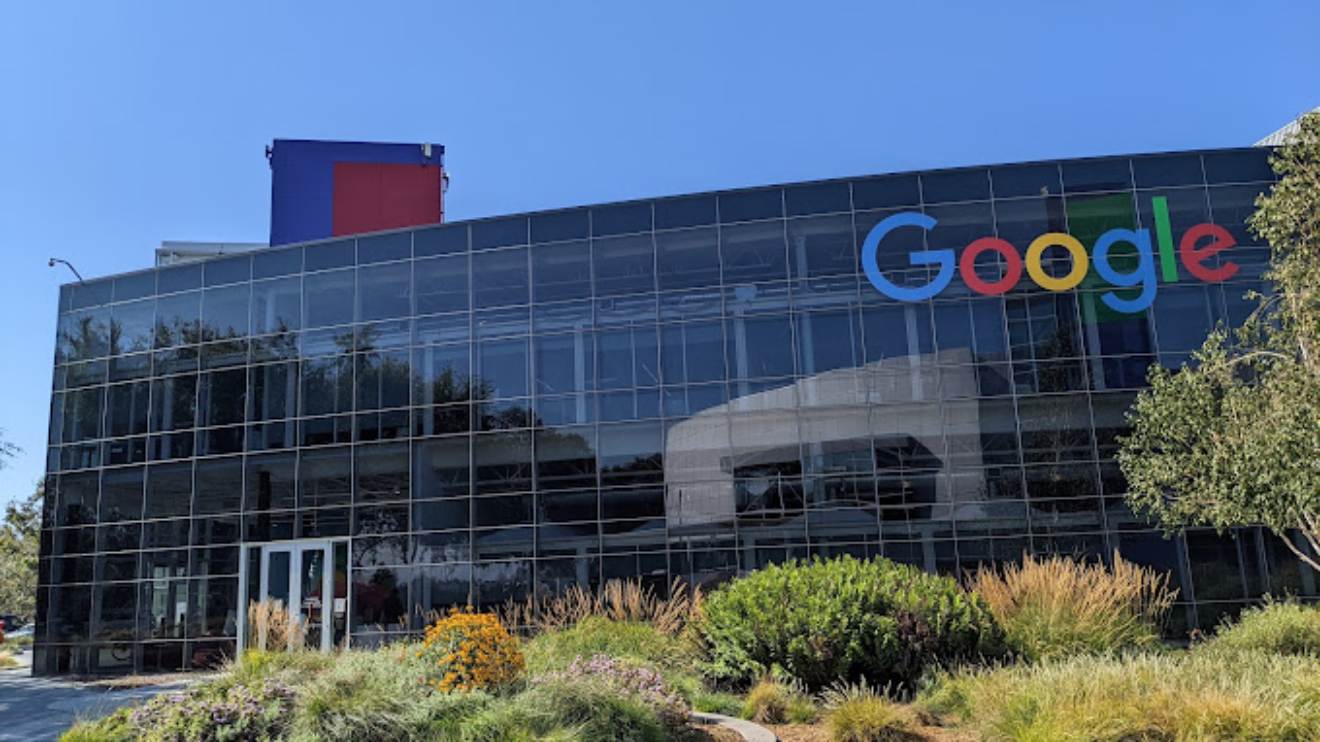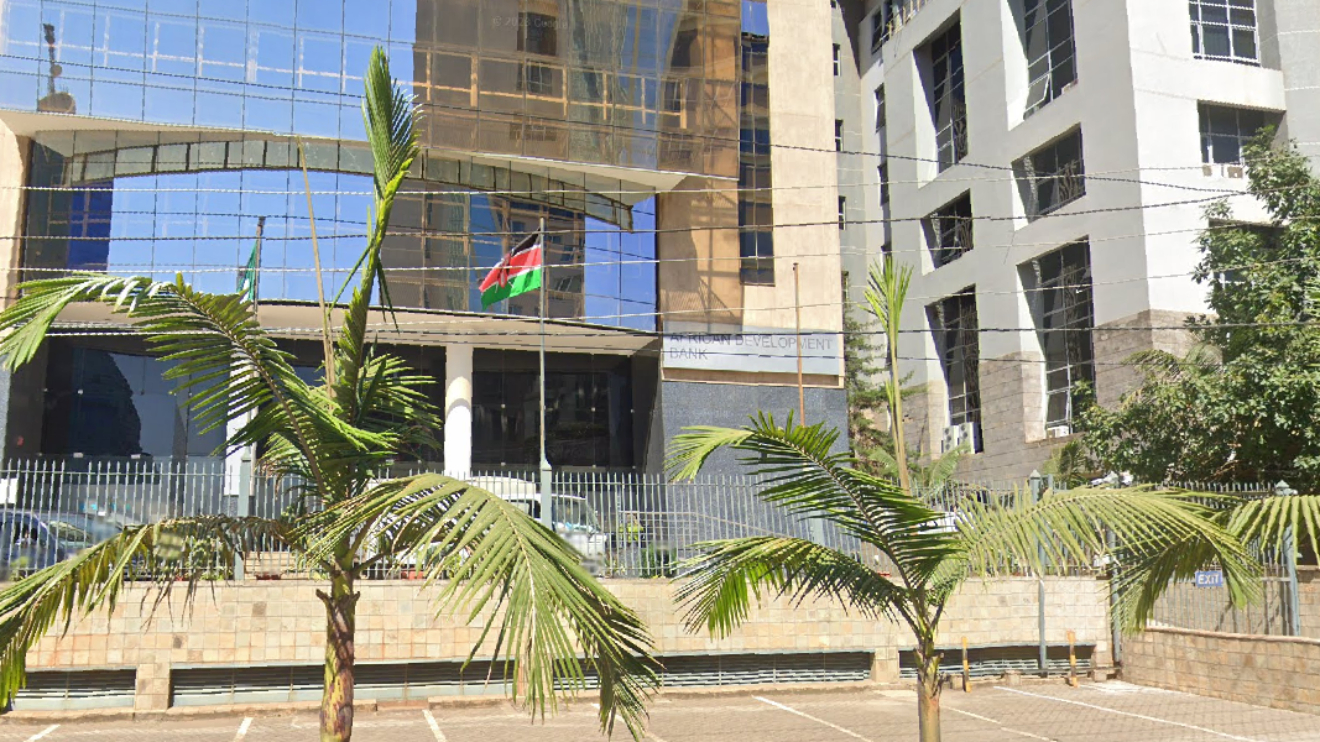Irrigation PS Ephantus Kimotho undertook a critical inspection on Friday, visiting two major water projects in Kenya’s Rift Valley region.
His tour, covering the Sabwani Flood Control Project in Trans Nzoia County and the Siyoi-Muruny Dam in West Pokot County, highlighted the government’s ongoing efforts to boost water security and mitigate flood risks in the area.
Upon arrival, PS Kimotho was received by local leadership, including Trans Nzoia County Commissioner Gideon Oyugi, and West Pokot County Commissioner Abdullai Khalif.
The first stop was the Siyoi-Muruny Dam, a large-scale infrastructure project designed to impound water from the River Muruny, which originates from the Cherangany Hills.
Currently, the dam is 72 per cent complete, with final works expected to be finished by March 2025.
Read More
Once operational, the dam will store an impressive 8.9 billion litres of water, offering a daily supply of 38,880 cubic metres to communities in Kapenguria, Makutano, and beyond.
This system is set to benefit 350,000 residents, providing clean, safe water and supporting the region’s long-term development.
The project also includes a comprehensive water treatment and distribution network, with a treatment plant located in Kabichbich town.
Water will be distributed to towns such as Makutano, Kapenguria, Chepareria, Siyoi, Muruny, and Kaibos through a 127-kilometre bulk pipeline, aided by large storage tanks capable of holding 17,865 cubic metres of water.
This infrastructure is expected to significantly enhance socio-economic activities by ensuring consistent access to clean water, a lifeline for the region's agriculture, businesses, and households.
Following this, PS Kimotho visited the Sabwani Flood Control Project in Trans Nzoia County, which has already proven to be a game changer for local farmers.
By protecting more than 1,000 acres of farmland from devastating floods, the project has boosted agricultural productivity, translating into an annual income of Sh120 million for local farmers.
The Sabwani flood control measures involved constructing a 500-metre earth dyke along the southern bank of River Sabwani and a 185-metre auxiliary dyke along River Chemususu.
These defences have significantly reduced the threat of flooding in the area. Additionally, work included de-silting the delta where the two rivers meet, reinforcing 1.1 kilometres of the dyke, and cutting drainage channels on both sides of the dyke.
Two cattle ramps were also constructed, addressing the local livestock farmers' needs.
During his visit, farmers praised the State Department for their swift action but also requested the construction of an additional 4-kilometre dyke to further protect their maize fields.
Kimotho acknowledged their concerns and assured them that the government, through the National Water Harvesting and Storage Authority, would prioritise their requests.
He reiterated the commitment to implementing better water harvesting techniques and flood management systems to enhance agricultural output and overall livelihoods.
These projects mark a significant step in addressing the region's pressing water challenges.
As PS Kimotho's visit underscored, the government's focus on improving water infrastructure and flood management is poised to transform the lives of thousands of residents in Trans Nzoia and West Pokot, fostering both economic growth and sustainable development in the process.







 shares a light moment with the company's Group CEO Dr Patrick Tumbo (right) at a past event-1758121528.jpeg)